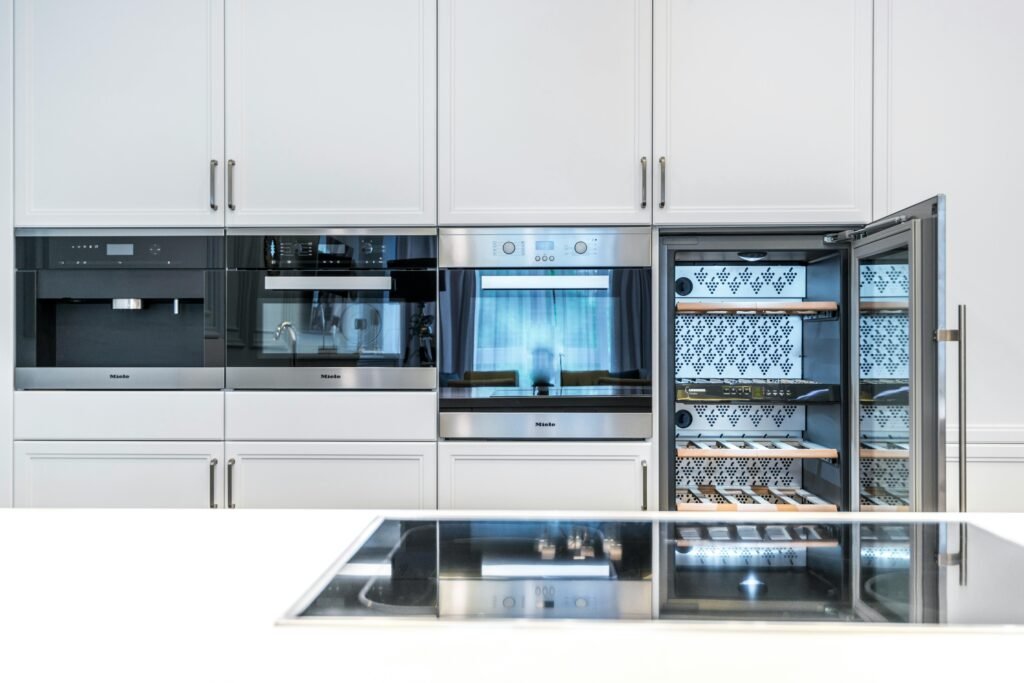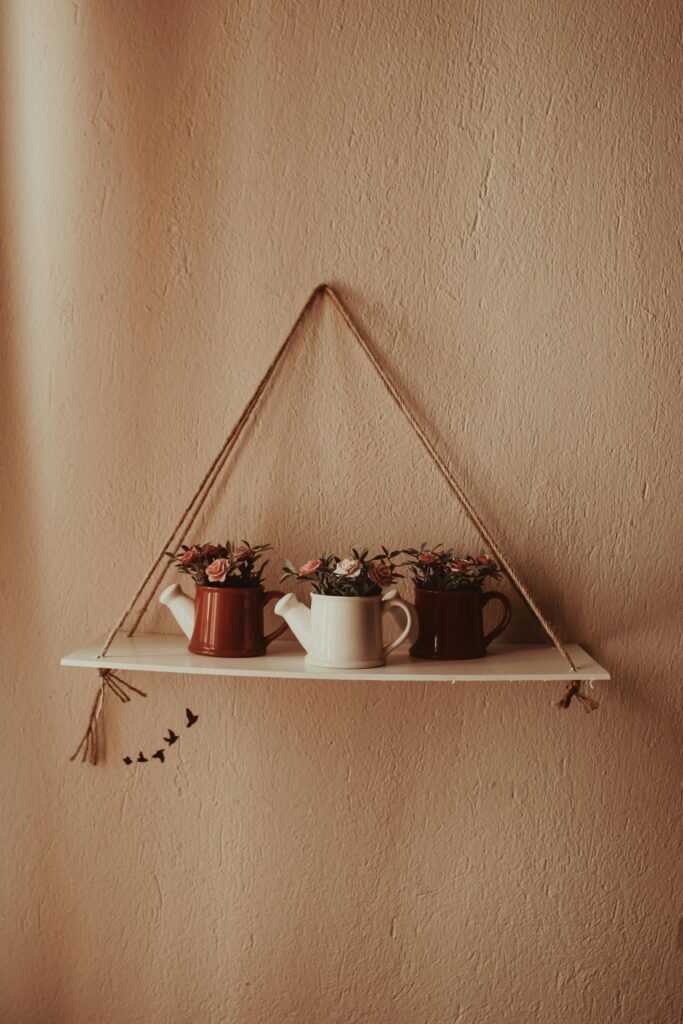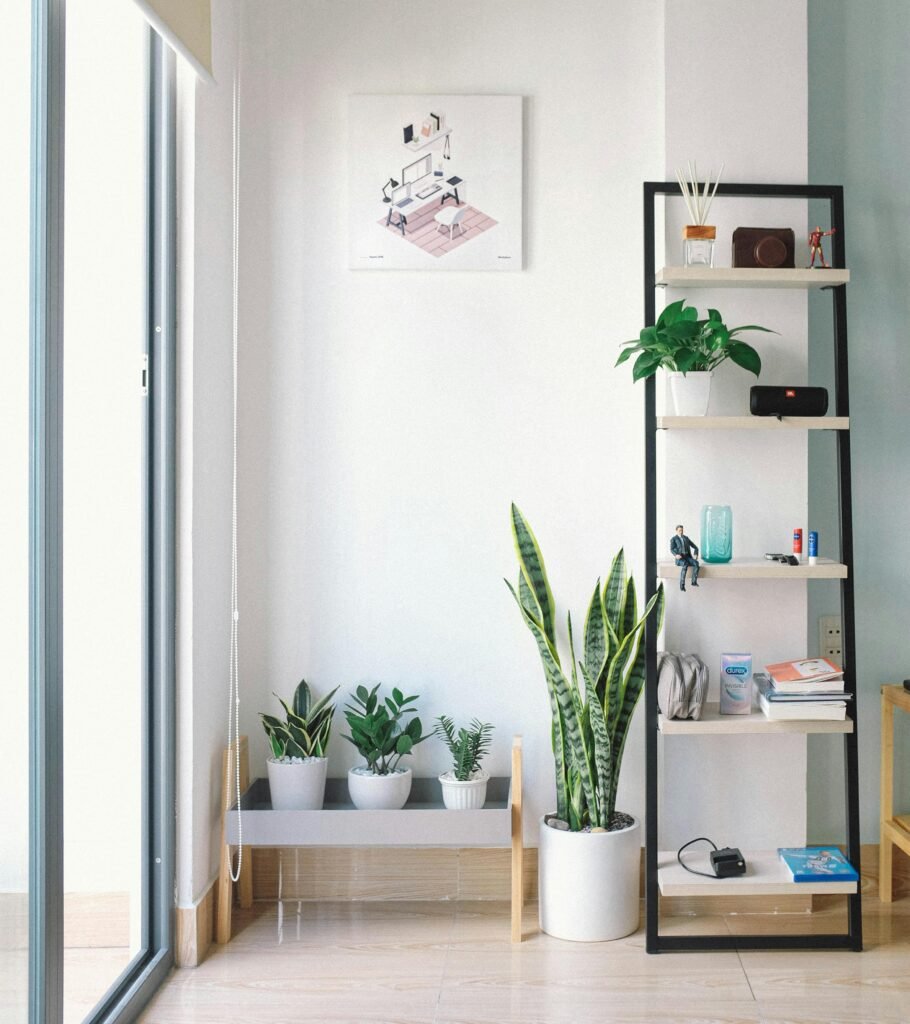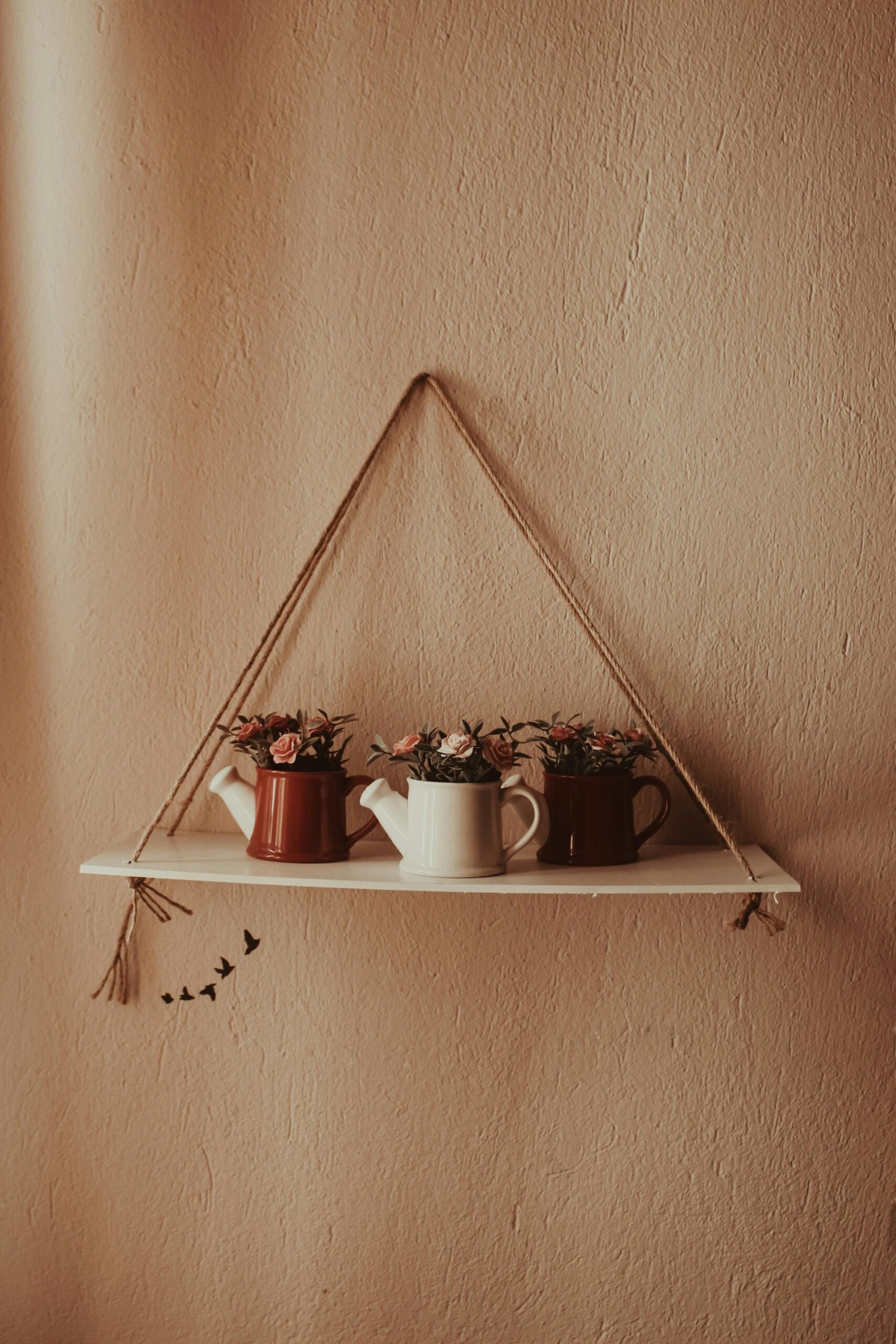? Have you ever wished your apartment felt larger simply because everything was in its place?

What Are Small Space Storage Hacks For Apartments?
You can make a small apartment feel roomy and organized without major renovations. With the right strategies, clever products, and a routine that keeps clutter from building up, your space will function better and feel more comfortable.
Why small-space storage matters
When you live in a small apartment, every inch counts. Storage solutions help you make the most of vertical space, hidden nooks, and multifunctional furniture so you can keep essentials accessible and reduce visual clutter. By optimizing storage, you’ll spend less time looking for things and more time enjoying your home.
Start with a simple plan
Before buying any containers or furniture, you should map out your needs. Walk through each room and identify what you use daily, what can be stored away, and what you can donate or discard. A clear plan prevents impulse purchases that create more clutter.
Core principles to follow
You don’t need to cram every storage trick into your apartment at once. These core principles will guide your decisions and keep solutions practical.
Maximize vertical space
You can free floor area by using walls for storage. Tall shelving, wall-mounted racks, and hooks keep items off the floor while making rooms feel taller.
Use multifunctional furniture
Choose pieces that serve more than one purpose, like ottomans with storage, beds with drawers, or desks that fold into the wall. This reduces the number of standalone items you need.
Keep things visible and accessible
Transparency and labeling make it easier to find items. Clear bins and open shelving let you spot what you need quickly. When items are easy to access, you’re more likely to put them away.
Reduce what you own regularly
You should adopt a regular editing habit: periodically remove items you no longer use. Less stuff equals fewer storage needs and a calmer living space.
Decluttering: the most impactful hack
Decluttering is the foundation of effective storage. You can think of storage as a short-term solution that becomes unnecessary if you own fewer items.
How to declutter efficiently
Start with one category at a time—clothes, books, kitchenware. Set clear rules for what stays: use it at least once a month, fits, or brings you joy. Create three piles: keep, donate/sell, discard. You’ll see rapid improvement when you finish one category before moving on.
Quick declutter timeline you can follow
You can do a 15-minute declutter every day or a focused 2–4 hour session on weekends. Small, consistent efforts prevent the process from feeling overwhelming and produce steady results.
Clever use of walls and ceilings
Walls are underused storage real estate in many apartments. You should think beyond picture frames.
Wall-mounted shelving and pegboards
Open shelves provide space for books, decorative items, and baskets. Pegboards let you rearrange hooks and shelves for kitchen tools, small planters, or office supplies. They’re flexible and easy to customize.
Hanging storage from the ceiling
If you have the option, ceiling-mounted pot racks or hanging baskets in the kitchen can free up cabinet space. Hanging planters or pendant shelves in living areas keep things off tables and counters.
Magnetic strips and rails
Magnetic knife strips or rails can be used for tools, metal spice containers, or even jewelry. They’re space-saving and keep frequently used items visible.
Closet hacks to multiply capacity
Closets are often underutilized due to poor organization. With a few tools and habits, you can multiply their effective capacity.
Double your hanging space
Install a second rod or use a hanging closet organizer to create two levels of hanging space for shirts and pants. This effectively doubles the hanging capacity for shorter garments.
Use slim, non-slip hangers
Switch to thin, uniform hangers to save space and keep clothes aligned. Non-slip versions prevent items from sliding and creating a messy look.
Vertical shoe storage
You can use over-the-door shoe organizers, stackable boxes, or clear shoe bins to keep footwear accessible without cluttering the floor. Label boxes by season or style to speed up selection.
Drawer dividers and shelf baskets
Insert dividers into drawers for socks, underwear, and accessories. Use baskets on shelves to group scarves, hats, or off-season items. Label baskets to maintain order.
Under-bed storage: a hidden goldmine
The space under your bed is often wasted but ideal for infrequently used items.
Best practices for under-bed storage
Use low-profile bins with wheels or fabric bags that compress. Choose containers with lids to protect against dust. Rotate seasonal clothing and shoes in and out of under-bed storage to keep current items handy.
What to store under the bed
Store bedding, out-of-season clothes, luggage, and bulky but light items like pillows. Avoid storing items you need daily, since accessing under-bed storage can be awkward.
Multifunctional furniture that saves space
Investing in the right furniture saves you the cost of multiple items and creates clean, flexible spaces.
Table of multifunctional furniture options
| Furniture type | What it does | Best for |
|---|---|---|
| Storage ottoman | Seating + internal storage | Blankets, toys, extra pillows |
| Sofa bed / sleeper sofa | Seating + guest bed | Studio apartments, occasional guests |
| Lift-top coffee table | Table surface + hidden storage | Remote controls, magazines, chargers |
| Bed with drawers | Sleeping + built-in drawers | Clothing, linens |
| Wall-mounted fold-down desk | Desk + hides when unused | Home offices in small spaces |
| Console table with shelves | Narrow surface + open storage | Entryways, behind sofas |
Choosing what fits your space
Measure carefully before buying. You should account for clearance needed to open drawers or unfold mechanisms. Choose neutral finishes if you want the piece to blend with your decor.
Kitchen storage hacks for small apartments
Kitchens in apartments can be cramped, so you should maximize every cabinet, drawer, and wall.
Extend cabinet space
Use stackable shelf risers to double shelf space inside cabinets. Add tension rods to create compartments for lids, cutting boards, or baking sheets. Turn under-shelf baskets into instant extra shelves.
Frequently used items at eye level
Keep items you use daily at eye level or lower. Store less-used appliances on higher shelves or in pantry storage. This reduces time spent opening multiple cabinets.
Use vertical space inside cabinets
Install hooks inside cabinet doors for measuring spoons, oven mitts, or plastic bag dispensers. Adhesive racks can hold pot lids or spice jars.
Counter clutter reduction
Limit countertop items to 2–3 essentials you use daily. Store the rest. Consider a magnetic knife strip or wall spice rack to free counter and drawer space.

Bathroom storage tricks
Bathrooms are small by nature, so you should use smart containers and mounts.
Over-the-toilet shelving
The area above the toilet is prime storage for towels, toiletries, and decorative baskets. Use narrow shelving to avoid crowding the space.
Shower storage that saves floor space
Use tension rod caddies, corner shelves, or hanging fabric organizers that attach to the showerhead. Keep daily items on a caddy to avoid cluttered ledges.
Medicine cabinet alternatives
If you don’t have a medicine cabinet, hang a mirror with a shallow shelf or use a slim wall cabinet. Magnetic strips and small acrylic bins keep small items organized.
Living room organization
You want the living room to feel open and inviting while still storing everyday essentials.
Create zones for function
Designate areas for media, reading, and storage. Place baskets for blankets and toys near seating. Use shelving or built-in units to keep books and decor tidy.
Media storage solutions
Use a low-profile media console with closed drawers for consoles and cables. Label cable ties and keep an accessible charging station to prevent cables from spreading across surfaces.
Make the most of small corners
A tall shelf or corner unit can hold plants, books, or baskets without taking up much floor space. Corner seating with built-in storage provides seating and hidden stowage.
Entryway and small hallway ideas
The entry is the first impression and a place where clutter can accumulate quickly.
Compact entryway furniture
Use slim console tables with drawers, wall hooks for coats, and shoe storage benches that double as seating. A narrow shelf above the coat hooks can hold mail and small items.
Command center for daily essentials
Create a spot for keys, sunglasses, and mail. Use small trays or shallow bowls on a console or wall-mounted cubbies to keep things from piling up.
Balcony and outdoor storage
Small balconies can store tools or serve as an extension of living space.
Weatherproof storage solutions
Choose outdoor storage benches or deck boxes for cushions, gardening tools, or outdoor games. Waterproof bins keep items safe and tidy.
Vertical gardening and hanging storage
Use railing planters and wall planters that don’t consume floor space. A folding table can serve as a temporary work space and be stowed when not in use.

Office and workspace organization
Working from a small apartment requires systems to keep productivity high and clutter low.
Use fold-away desks and mobile carts
A wall-mounted fold-down desk or small rolling cart can provide workspace when needed and disappear otherwise. Keep essential supplies in labeled bins on a cart to move around as needed.
Cable management
Group cables with clips, tubing, or a cable box. Label chargers so you don’t waste time untangling cords. Anchor a power strip under the desk to keep plugs off the floor.
Kids’ rooms and toy storage
Children’s belongings can overwhelm a small space quickly, but organization can tame it.
Open baskets and rotation
Use open baskets for daily toys so clean-up is simple for kids. Rotate toys by storing half away and switching every few weeks to keep interest high without excess.
Wall-mounted cribs and shelves
Install shelves at kid height for books and small toys so kids can access and return them independently. Use clear labels with pictures for younger children.
Seasonal and long-term storage strategies
You should plan for items you only need some months of the year to avoid crowding living spaces.
Create a seasonal rotation system
Use labeled bins for winter gear, holiday decorations, and summer items. Store them under the bed, on high closet shelves, or in a compact storage unit off-site if needed.
Off-site storage considerations
If you have excess belongings, consider a small, affordable self-storage unit. Only use this when you’ve already decluttered and rotated items thoughtfully; storage shouldn’t be a long-term excuse to keep unused things.
Smart containers and labeling
Choosing the right container and labeling system makes maintaining order effortless.
Container types and uses table
| Container type | Best for | Pros | Cons |
|---|---|---|---|
| Clear plastic bins | Seasonal clothes, bulk items | Visibility, stackable | Can look utilitarian |
| Fabric bins/baskets | Shelves, closets | Soft, decorative | Less protective |
| Vacuum bags | Bulky bedding, off-season clothes | Saves space | Not good for fragile items |
| Lidded storage boxes | Electronics, keepsakes | Dust protection | Needs labeling |
| Drawer organizers | Utensils, accessories | Compartmentalization | Must fit drawer size |
Labeling that works
Use a label maker or write on masking tape with a permanent marker. For clear containers, place labels on the short side so you can read them on a shelf. You should also include date ranges for seasonal bins.
Maintenance routine: keep it simple
A small, consistent routine prevents big messes and preserves your storage systems.
Weekly reset
Spend 10–15 minutes each week returning items to their places, folding blankets, and wiping down surfaces. A short weekly habit prevents clutter accumulation.
Monthly review
Once a month, scan storage areas to remove items you haven’t used. Reassess systems that aren’t working and adjust containers and labels.
Budget-friendly hacks
You don’t need to spend a lot to get organized.
Upcycle and repurpose
Use suitcases as storage under beds or high shelves as decorative storage. Old crates make rustic shelving. Repurpose jars for hardware and small items.
Thrift and second-hand finds
Thrift stores and online marketplaces often have furniture with built-in storage. Look for pieces that can be refinished or repainted to match your decor.
Mistakes to avoid
You should be aware of common pitfalls so you don’t waste time or money on ineffective solutions.
Buying before measuring
Measure your space carefully before buying storage furniture. Oversized units make small rooms feel cramped, while undersized units can look cluttered.
Hiding everything
Completely closed storage can turn into black holes that create forgotten clutter. Balance closed storage with open or labeled clear containers to keep visibility.
Creating too many small systems
If you have too many different organizational systems, maintaining them becomes a chore. Consolidate where possible to simplify upkeep.
A 30-day action plan you can follow
You can transform your apartment in a month by tackling one focused area at a time.
Week 1: Declutter clothing and closets. Donate or sell what you don’t use. Week 2: Organize kitchen and pantry. Install risers, hooks, and drawer organizers. Week 3: Tame the living room and entryway. Add multifunctional furniture and baskets. Week 4: Finish bathroom, office, and seasonal storage. Create labels and set up a maintenance routine.
At the end of each week, set aside 30 minutes to adjust and tweak systems so they remain practical for your daily life.
Tools and products that make a difference
A few thoughtfully chosen purchases will have a big impact.
Must-have items
- Slim non-slip hangers
- Clear stackable bins
- Under-bed rolling storage
- Over-the-door organizers
- Storage ottoman or bench
- Pegboard or wall grid
- Drawer organizers and shelf risers
Prioritizing purchases
Start with storage items for the most cluttered or functional space. A well-organized closet or kitchen often produces the biggest immediate satisfaction.
Final tips to keep your space working for you
Small space storage is an ongoing project, not a one-time event. You should adapt systems as your needs change, keep routine maintenance, and prioritize items that fit your lifestyle.
Keep it personalized
What works for one apartment might not work for yours. Tailor solutions to your daily habits and the items you actually use.
Make storage visible and easy
If putting things away is effortless, you’ll do it more often. Place hooks and bins where they’re convenient and label clearly.
Be consistent with purging
Set a recurring reminder to purge items you haven’t used in six months. Regular editing is the secret to keeping a small apartment functional and pleasant.
If you follow these strategies and build habits that match your routine, you’ll find that small-space living can be liberating rather than limiting. The right systems will let you keep possessions you love, free up visual and physical space, and create a home that’s both efficient and inviting.
